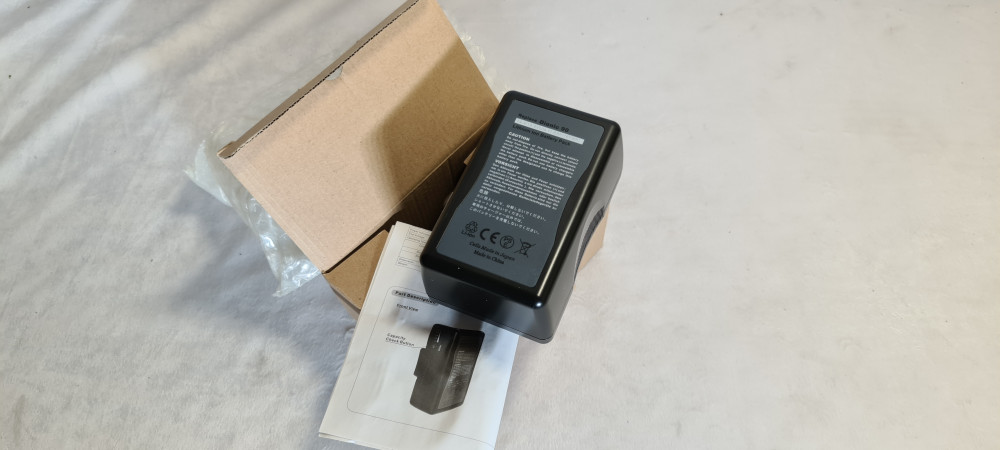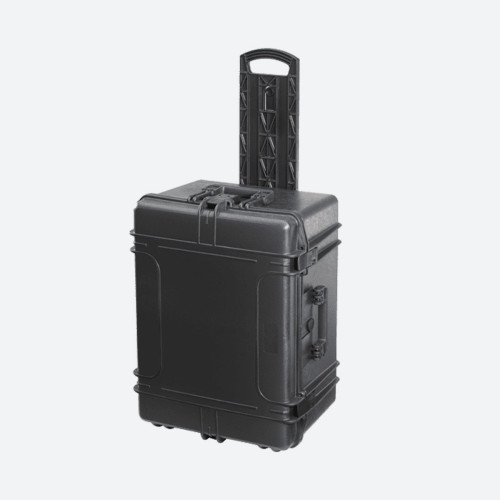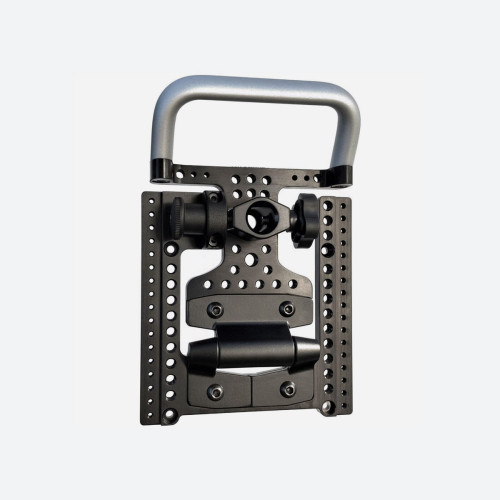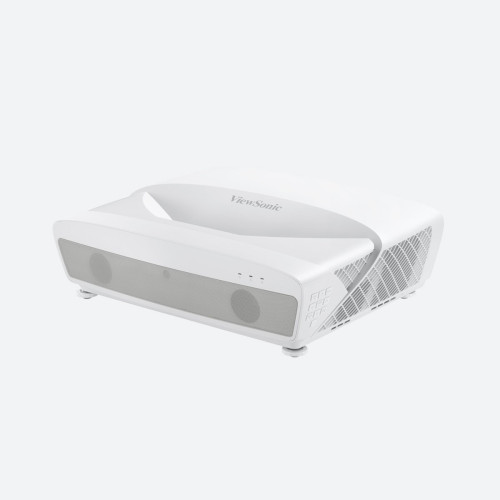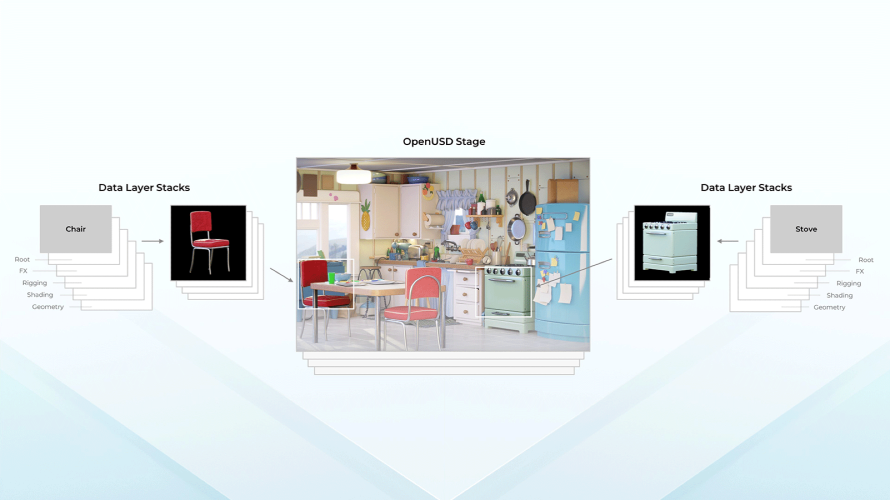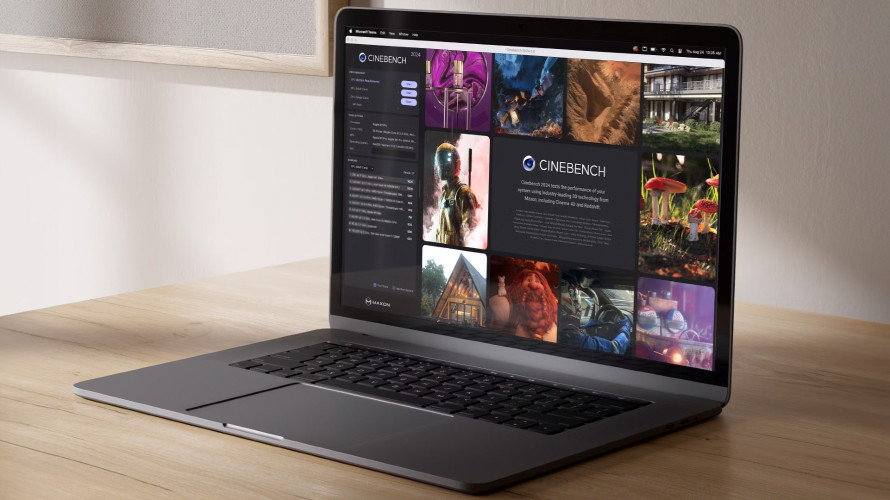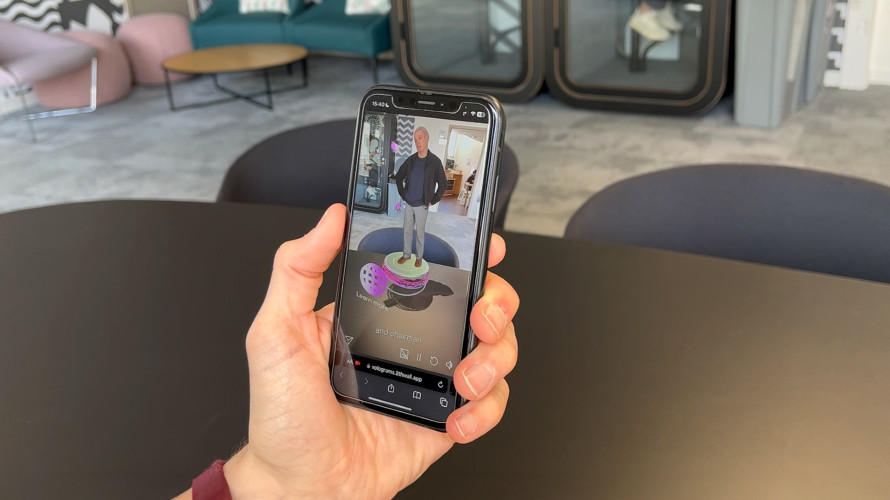Reaching for 3D

Author: Bob Pank#
Published 1st January 2012
From the opening shot of the Ryder Cup to the Champions League final when Manchester United played Barcelona this year, a stately homes documentary to a Derren Brown magic show, cameraman Chris Taber has been there, filmed it and got the T-shirt.
And the reason the camera crane operator has been in demand for so many high-profile jobs? In a word: 3D.
In fact, so great is the demand for 3D, it has generated 90 per cent of the Mid Wales-based cameraman’s work since Sky launched its 3D channel 18 months ago. “One of the things I like about 3D is that, although it’s not new, working in it feels like you’re right at the cutting edge of something – almost pioneering,” says Chris, 42, originally from Bristol, who has 22 years experience as a cameraman.
“On every job you learn something – what’s really nice about 3D is that we’re all still learning how to acquire the best footage. The advances in post-production are in advance of acquisition, so we’ve got a way to go before we catch up!” he adds.
Both 3D and Chris’ kit have come a long way from the early days of his first 3D job, a Keane 3D webcast at Abbey Road in April 2009. “Back then we were using gaffer tape, matchsticks and pennies to level things up!” he laughs.
Nowadays Chris uses his two Toshiba IK-HD1 Minicams mounted side by side on a specially-designed Polecam plate.
“The simplicity of the system means I can mount the cameras in side by side configuration and shoot 3D without needing a mirror rig. So my unit is smaller and more portable – I can be shoe-horned into some tight spots!” says Chris.
One recent such tight spot involved taking his kit 3,000 feet up a Swiss mountain for an extreme sports snowboarding shoot at Saas-Fee in the Swiss Alps in January 2011.
“The only way to get to the action was by chair lift then hopping on to the slope tractor – something that would have been extremely difficult and expensive with a traditional crane. And I was still able to rig in 10 minutes!
“Also, because I was using the Polecam I could easily move to a number of different locations and positions on the shoot. So, for example, I could relocate from the half-pipe to several different jumps,” says Chris.
On the same shoot he also filmed the Ice Climbing World Cup – which took place in a spiral, multi-storey car park with a climbing wall at its centre.
“I started at the bottom and was able to wheel the crane up level by level to get fantastic 3D shots of the climbers at every stage,” he says.
Of course Chris still works in 2D – and, again, his Polecam set-up gets him, “jobs and experiences I just wouldn’t get otherwise,” says the cameraman.
Recently he’s been working on Channel 4’s Beeny’s Restoration Nightmare where the Polecam was used to give sweeping shots up and over a scale model of Yorkshire stately home Rise Hall.
Says Chris, “I was basically being used as a manual motion control rig, it was one of the most demanding jobs I’ve ever done and hugely satisfying.”
A BBC-trained cameraman, Chris has had a wide-ranging career. After graduating from the BBC’s ITO (introduction to technical operations) course he began his career in the Corporation’s White City hub in 1989.
“As trainees we did a bit of everything – camera work, graphics, vision, VT but I was seconded into cameras and never really left,” says Chris.
“I did think, ‘This is it, this is my vocation.’ I already had an interest in photography so it was a natural home for me.”
As a BBC staffer he worked on programmes from Frost on Sunday to Newsnight, election coverage and all the regular news bulletins. He left in 1994 for an 18-month stint at Arabic-language station Orbit, based in Rome, returning to freelance in the UK in 1995.
After working on contract at Meridian in Southampton on sports, children’s programmes and a daytime consumer show, he went freelance in 1998 and it was shortly after that Chris first came across Polecam – he was hiring PSE kit and Polecam owner and inventor Steffan Hewitt came along to demonstrate the crane.
“He showed me the ropes and I took it home to have a play with,” says Chris. “I had wanted to find a speciality and I liked the shots that the rig produced – the fluidity and intimacy of them. I was particularly impressed by the rig’s portability and flexibility.
“It was another string to my bow,” he adds.
From then on Chris found the range of work on offer expanded. One of the reasons was that much-vaunted Polecam portability. One of the most vivid examples of this was on a shoot in the Masai Mara in Kenya for a French documentary company at the end of 2008.
Chris found the Polecam’s versatility came into its own on the shoot. He was able to rig up on the roof of a Land Cruiser to get some stunning wildlife shots – including tracking shots which leave the viewer feeling like they’re walking alongside the animals.
“Taking traditional cranes into that environment is very difficult. Polecam’s use of prime lenses gives a very intimate feel but you need to get close to the wildlife. You’ve got to be within 10 feet to get the full value.
“It’s massively important to listen to your guide and on one particular day, following a kill, we positioned ourselves and the lion did exactly what my guide predicted he would do. We achieved a 20-foot track with the lion full frame – and all about 18 inches from the ground and 10 feet from the lion. It was quite a moment!”
Back in the UK, one of the biggest honours Chris has had was to film the opening 3D shot for the 2010 Ryder Cup at the Celtic Manor in Newport, South Wales. It was the event Sky chose to launch its Sky 3D channel using 21 stereoscopic camera rigs.
“I was on the first tee and was able to frame the packed crowd foreground and have the tee in the background”, he says.
Robin Broomfield, 3D development manager for BSKYB, says, “The Polecam gave spectacular 3D shots of the crowd in the stands and the players teeing off. This was the first time we’d used a 3D Polecam on one of our 3D sport events. It gave a new dimension to the otherwise low angles that look so good in 3D.”
Chris found one of the challenges of 3D filming reared its head on the Telegenic-organised outside broadcast.
“With the Toshibas side by side on the Polecam, my nearest physical point couldn’t be closer than around 5-6 feet away. The curve of the full grandstand provided some great depth cues, but you have to pray that no-one stands up three feet in front of you or you’ll get the stereographer and convergence operators shouting and screaming at you, never mind making the viewers’ brains hurt!” explains Chris.
“That’s one of the challenges of working in 3D but that’s why I like it.”
“It’s a bit like the early days of cinema where they framed the shot and let the action happen within it. With 3D the depth is in it already so it forces you to think more creatively about composition.
“I’ve always liked cameras that were a little different and have recently expanded my range by adding a high speed camera and a flying system,” he added.
Chris Taber can be contacted on +44 7747 043911 or via www.pedestaltv.com
For more information about Polecam you can find them at www.polecam.com or go to www.broadcastshow.com and search “Polecam” to see the latest rigs being demonstrated in our show videos.



